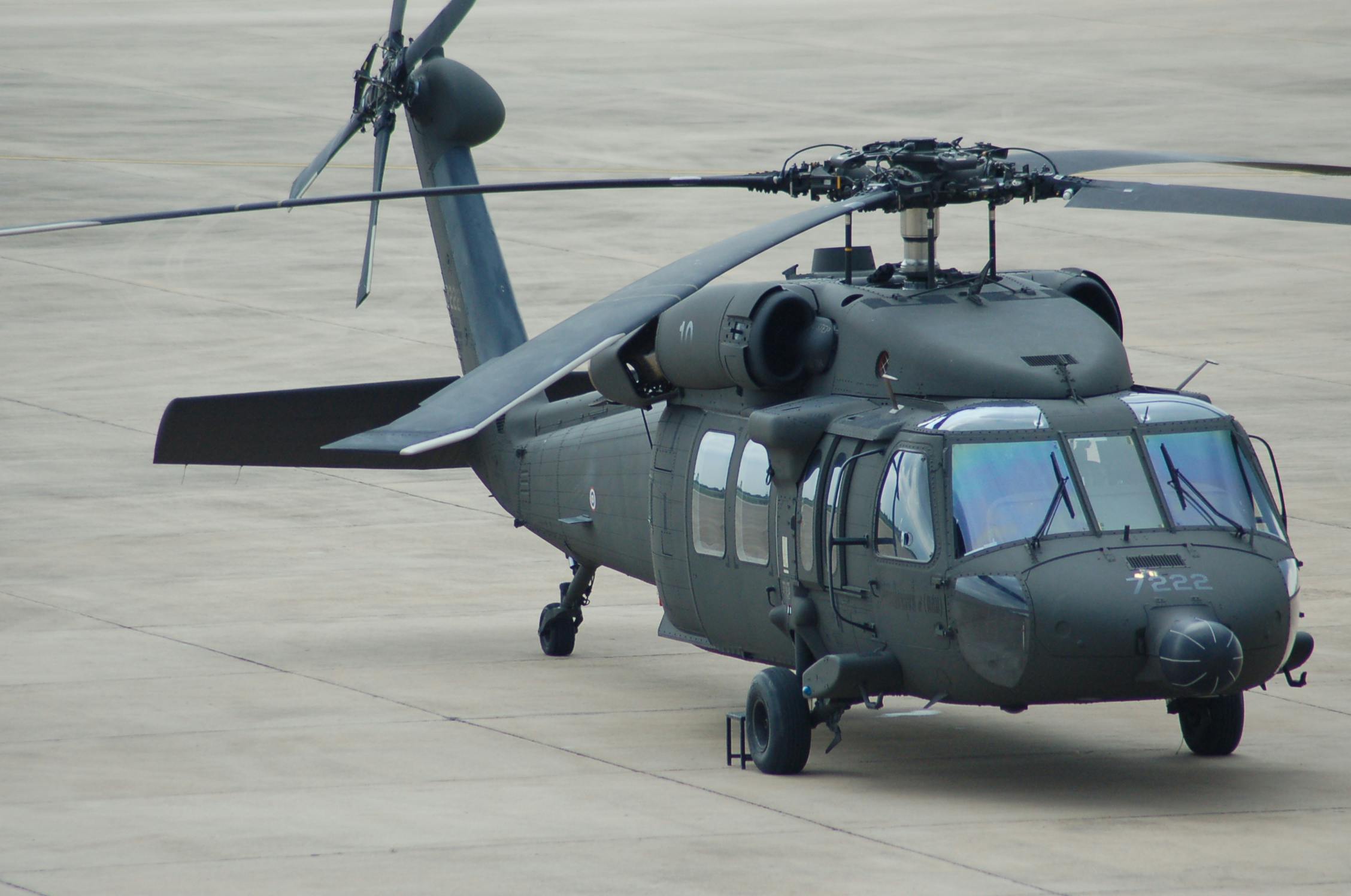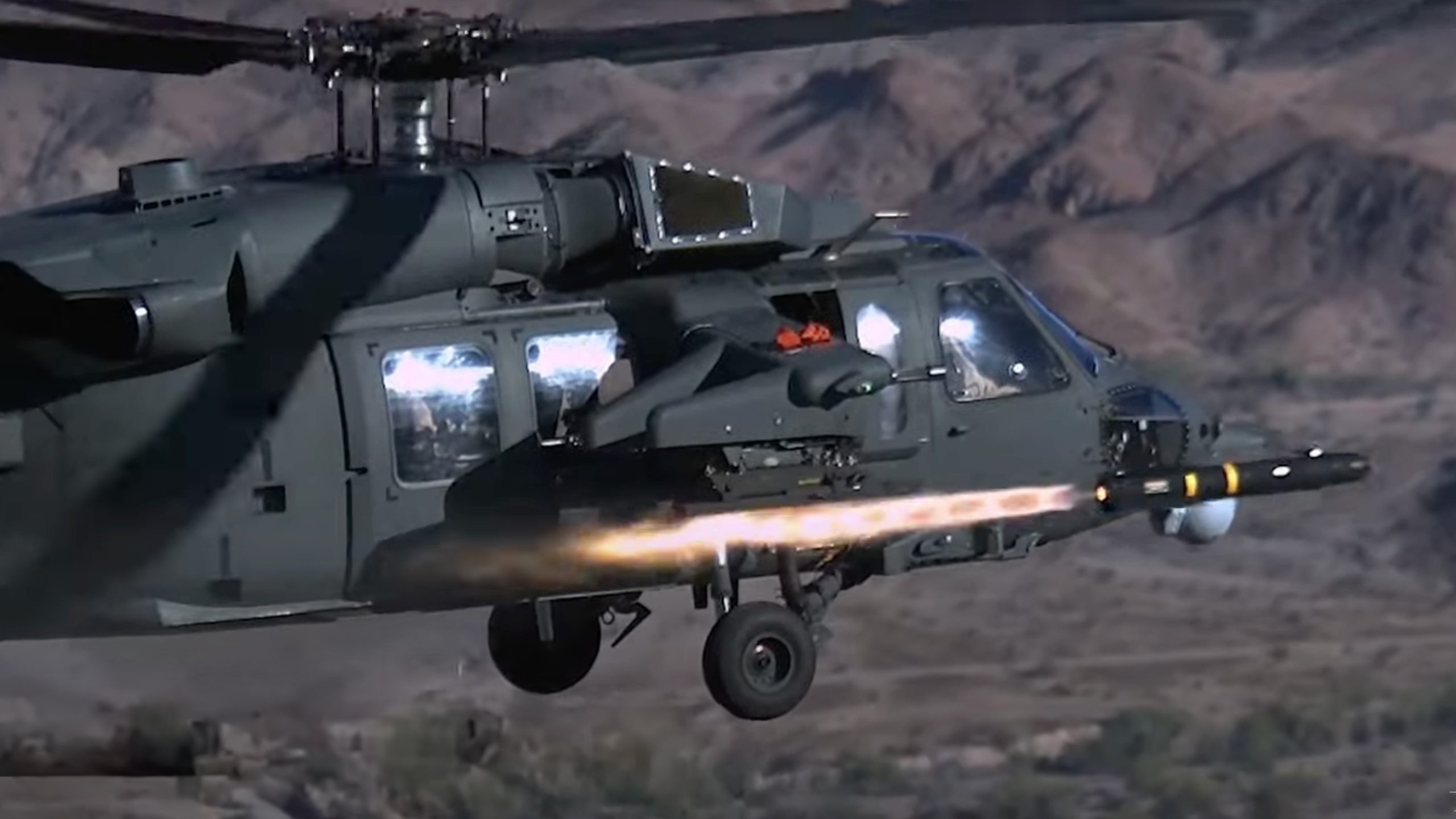The UH 60: A Versatile Aircraft for Armed Force and Civilian Use
The UH-60 helicopter, with its beginnings dating back to the late 1970s, has evolved into a crucial property for both armed forces and civilian industries. Understanding the complete scope of the UH-60's influence might disclose insights right into its potential trajectory and relevance in an increasingly intricate operational atmosphere.
Historical Review of the UH-60

Originally, the UH-60 was released to support army transport, clinical emptying, and logistical operations. Its intro marked a significant improvement in helicopter modern technology, incorporating cutting edge avionics and survivability functions. The Black Hawk's ability to run in tough settings, consisting of adverse climate problems and fight zones, solidified its reputation as a trustworthy workhorse.
For many years, the UH-60 has undergone many upgrades and variants, adapting to the advancing requirements of army operations. Its heritage includes involvement in key disputes, showcasing its flexibility and performance in numerous scenarios. The Black Hawk stays a keystone of military air travel, showing the enduring significance of technology in aerial transport and assistance.
Armed Force Applications and Missions
Regularly released in varied operational contexts, the UH-60 Black Hawk helicopter serves a wide variety of army applications that are critical to mission success - uh 60. This flexible aircraft is mostly made use of for army transportation, enabling rapid motion of soldiers to and from battle areas. Its ability permits for the transport of approximately 11 totally equipped troops, making it a vital property for ground pressures
The UH-60 is additionally indispensable to clinical discharge goals, giving speedy assistance for hurt workers under attack. Furnished with sophisticated medical facilities, it can transfer casualties while guaranteeing continuous treatment. The helicopter's energy extends to reconnaissance and surveillance goals, where it collects crucial intelligence and enhances situational recognition for leaders.
In addition, the Black Hawk is frequently used for logistical assistance and supply missions, delivering crucial tools and arrangements to troops in remote areas. Its versatility is further showed with its ability to run in different environments, from city settings to rugged surfaces. In general, the UH-60 Black Hawk remains a foundation of modern army operations, embodying convenience, dependability, and effectiveness in meeting mission purposes.
Civilian Makes Use Of and Adaptations
Beyond army applications, the UH-60 Black Hawk helicopter has located a variety of noncombatant uses and adjustments that showcase its convenience. Originally made for troop transportation and logistical support, this airplane has been effectively adjusted for various private duties, including emergency situation clinical services (EMS), firefighting, and search and rescue operations.
In emergency clinical solutions, the UH-60 can rapidly transfer clients to healthcare facilities, furnished with sophisticated medical equipment and personnel. Its speed and ability to move enable fast feedback in crucial circumstances, which is essential in saving lives. The helicopter's large cabin enables for medical groups to run successfully during flights.
In firefighting, the UH-60 has been changed to bring water or fire resistant, making it a reliable tool in combating wildfires. Its ability to hover and navigate in tough surfaces supplies significant advantages over conventional ground-based firefighting techniques.

Technological Technologies
Just how has the development of innovation influenced the abilities of the UH-60 Black Hawk helicopter? The UH-60 has gone through significant innovations since its creation, greatly boosting its operational performance.

Furthermore, the incorporation of look at this web-site composite products in the airframe has minimized weight while maintaining architectural integrity, adding to raised haul capacity and fuel effectiveness. The helicopter's rotor system has additionally gained from technological improvements, such as sound reduction modern technologies and improved aerodynamic design, which boost both efficiency and stealth capacities.
In Addition, the UH-60's flexibility to different objective accounts is boosted by modular systems, enabling fast reconfiguration for duties varying from medevac to army transportation. uh 60. The introduction of sophisticated communication systems guarantees real-time data sharing and coordination throughout missions, which is crucial in contemporary combat scenarios. Jointly, these technical this website innovations have changed the UH-60 into a functional and awesome asset in both army and civilian applications
Future Potential Customers and Developments

In addition, recurring research into alternate power sources, such as hybrid-electric propulsion, offers a chance for enhanced gas efficiency and minimized environmental impact. This lines up with both private and armed forces objectives for sustainability. The UH-60's adaptability to different functions, from clinical emptying to browse and rescue, guarantees its ongoing importance in varied operational contexts.
Furthermore, collaborations with defense specialists are cultivating advancements in weapons and sensor technology, allowing the Black Hawk to effectively counter modern dangers. As the army landscape develops, the UH-60's layout will likely embrace modularity, enabling fast reconfiguration based upon mission requirements. In general, the future of the UH-60 is bright, defined by boosted efficiency, adaptability, and an unwavering dedication to fulfill the challenges of modern war and humanitarian efforts.
Verdict
The UH-60 view publisher site helicopter exemplifies versatility via its dual function in civilian and armed forces procedures. As continuous developments proceed to boost its capabilities, the UH-60 remains a vital asset across different functional atmospheres.
The UH-60 Black Hawk helicopter, an essential possession in modern army aviation, was initially presented in the late 1970s as part of the U.S. Army's quest for a trustworthy and versatile utility helicopter.Frequently released in diverse functional contexts, the UH-60 Black Hawk helicopter serves a multitude of army applications that are essential to mission success. Overall, the UH-60 Black Hawk stays a cornerstone of modern armed forces operations, symbolizing convenience, integrity, and efficiency in meeting objective goals.
As the military landscape evolves, the UH-60's style will likely welcome modularity, enabling for rapid reconfiguration based on mission needs.The UH-60 helicopter exhibits versatility with its double function in armed forces and civilian operations.